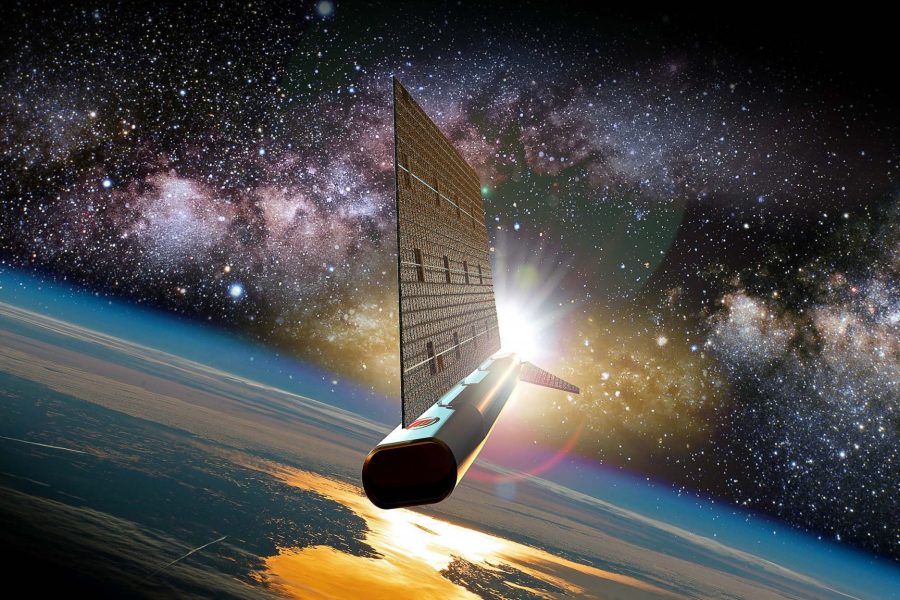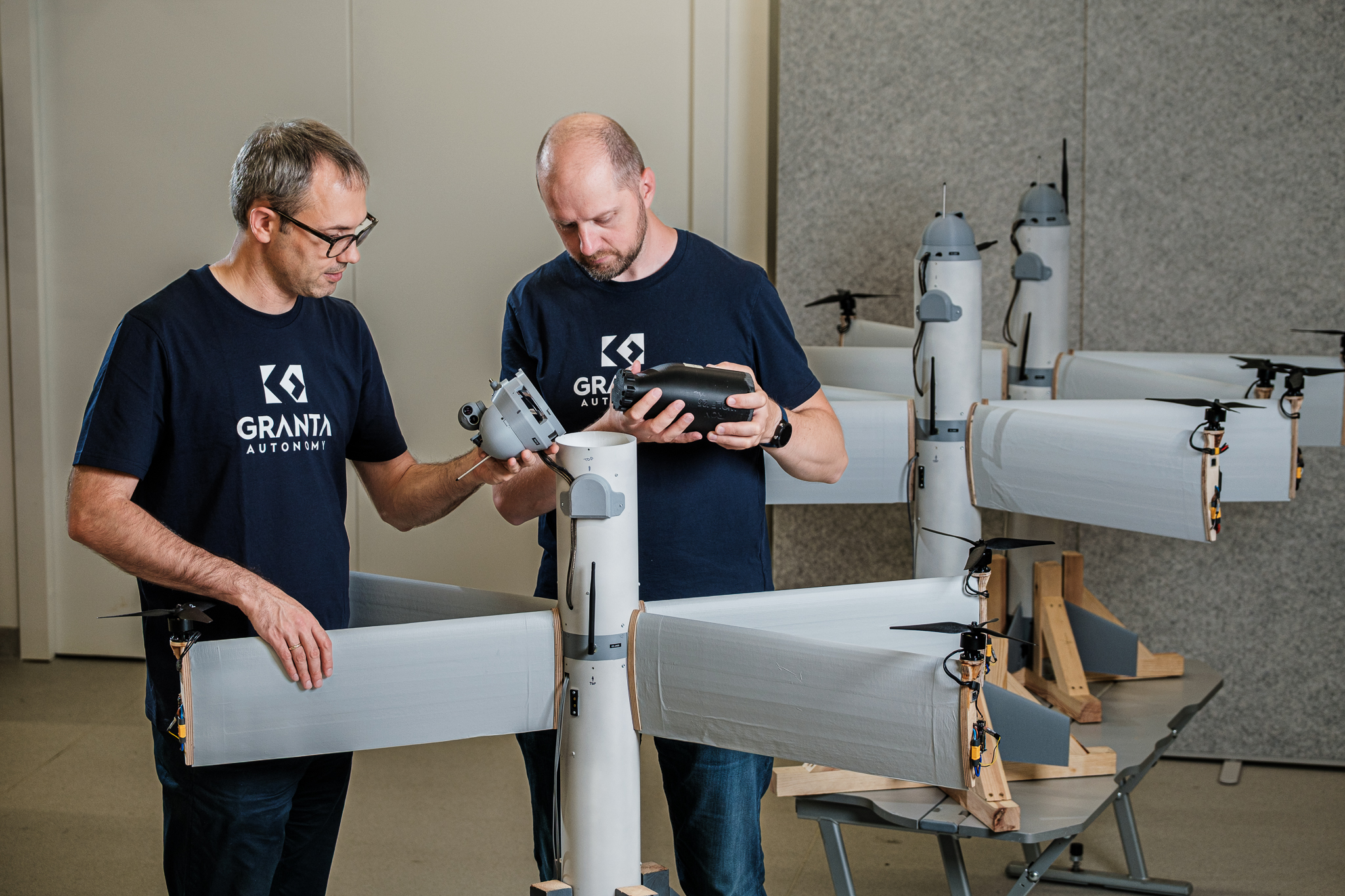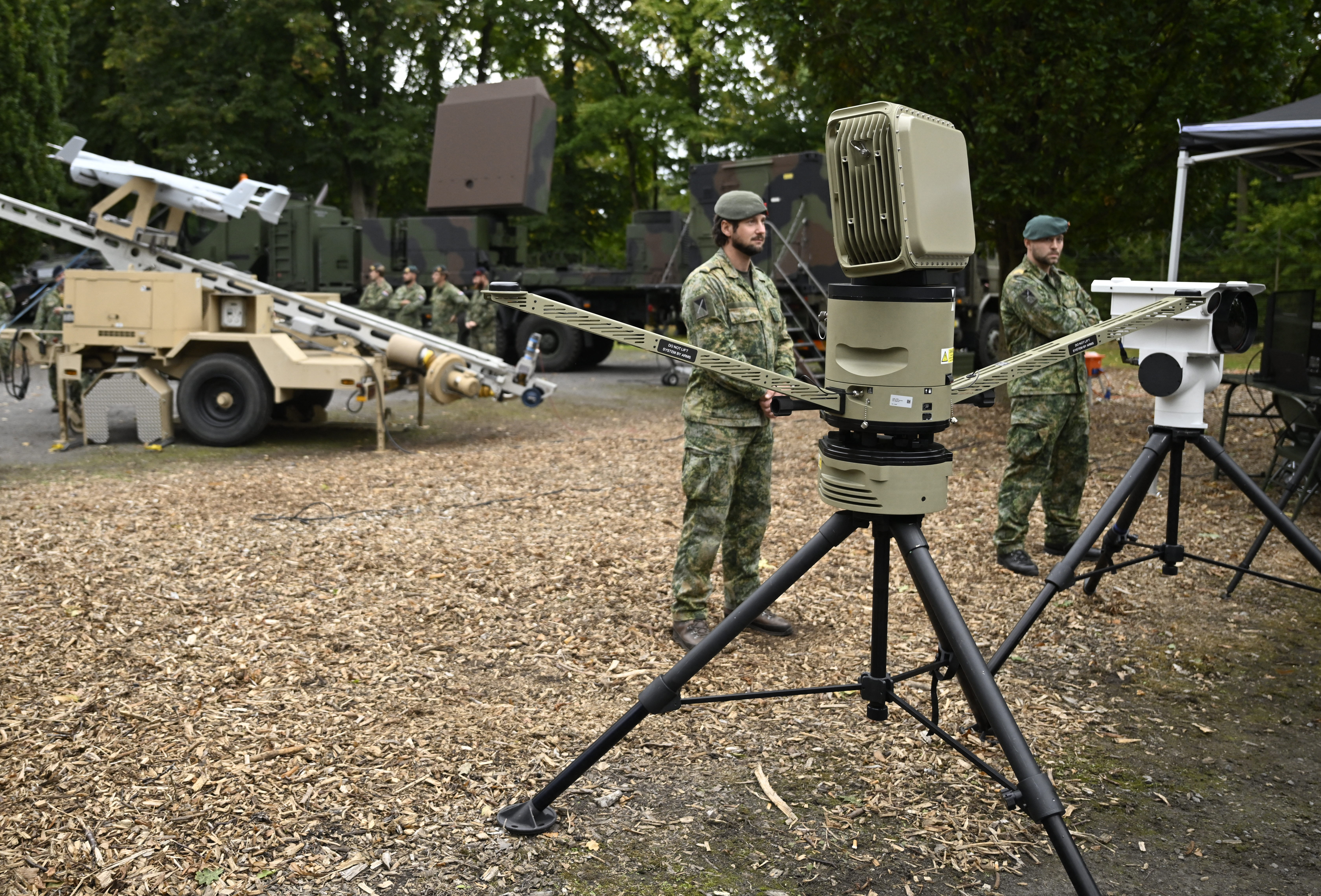
Space Force leaders have touted their “surveillance-as-a-service” TacSRT program as a success story, leveraging commercial firms to deliver information to users on timelines far faster than typical space intelligence assets.
Now, lawmakers want the service to put more heft behind the effort—starting by actually funding the program in fiscal 2026.
Additionally, Congress is pushing for the Space Force to enhance its tactical surveillance capabilities by exploring the rapidly growing domain of very low-Earth orbit.
TacSRT
While agencies such as the National Reconnaissance Office and the National Geospatial-Intelligence Agency can provide high-level strategic intelligence, the Space Force has positioned the Tactical Surveillance, Reconnaissance, and Tracking program as an unclassified, easy way for organizations across the Pentagon to create task orders for recon or surveillance information that industry can fulfill within hours.
For example, leaders say TacSRT was used during the withdrawal from air bases in Niger and the construction of the Joint-Logistics-Over-the-Shore pier off Gaza in 2024 to keep U.S. forces safe.
“The demand signal is now out there, and people are seeing the positive effects,” Chief of Space Operations Gen. B. Chance Saltzman said earlier this year. “We’re going to go, ‘OK, we’ve got to go get some money for this, because we can expand this program.’”
In 2024 and 2025, the Space Force didn’t actually request funds for the Tactical Surveillance, Reconnaissance, and Tracking program. Instead, Congress added around $40 million to the program each year. When the 2026 budget request came out last month, it seemed that TacSRT had been squeezed out by other priorities, leaving it up to Congress once again to keep the program going.
Members of the House of Representatives took note.
In the defense appropriations bill recently advanced out of the House Rules Committee, lawmakers wrote that they are “concerned that funding the project solely through congressional increases does not enable the project to plan beyond the year of execution.”
As a result, they directed the Pentagon’s Cost Assessment and Program Evaluation (CAPE) office to “review the program, its mission use cases and objectives, and its contracting mechanisms; identify and make recommendations for the pilot project’s organization, its operations, and its use of contracts with commercial vendors; and identify and make recommendations.” Within six months, CAPE would have to brief Congress on its findings.
Meanwhile, lawmakers on the House Armed Services Committee working on the National Defense Authorization bill included $50 million for TacSRT in their legislation, though that funding would need to be appropriated.
They also directed the Secretary of the Air Force to make TacSRT a program of record and told the Chairman of the Joint Chiefs to “establish requirements … with respect to the tactical surveillance, reconnaissance and tracking program providing capabilities to meet the requirements of the commanders of the combatant commands.”
VLEO
Lawmakers working on both the appropriations and authorization bills are also directing the Space Force to explore uses for very low-Earth orbit, a subset of LEO that generally extends no higher than 450 kilometers above the Earth’s surface.
In the authorization bill, the HASC added $5 million directed toward “VLEO Spacecraft for Tactical SRT.” The committee also adopted an amendment offered by Rep. Jeff Crank (R-Colo.) that states it recognizes the potential of VLEO for “persistent surveillance, tactical ISR, and responsive sensing in contested environments.”
“VLEO systems can offer ground sample distances below 20 cm with modest apertures, reduced latency for real-time edge processing, and a higher degree of stealth from ground-based sensors due to lower orbital altitude and rapid transit across observation arcs,” Crank’s amendment states. “These properties are especially relevant for tactical surveillance, denied-area sensing, and time-sensitive targeting.”
The amendment directs the Secretary of the Air Force, in consultation with the Chief of Space Operations and the director of the NRO, to study the technology, potential uses, costs, and risks associated with VLEO and provide recommendations and a briefing to lawmakers by March 2026.
In a separate amendment to the defense appropriations bill, Crank is proposing adding $1 million to the budget “for the development of a Very Low Earth Orbit Persistent Surveillance System.” That amendment has cleared the House Rules Committee and will now be considered on the floor, alongside dozens of other proposed amendments.
The VLEO market is poised to explode in the coming years, analysts say, and the ability to conduct better Earth observation is a key reason why. Yet the orbit is also challenging in that atmospheric drag constantly threatens to pull satellites back down to Earth.
In a Small Business Innovation Research solicitation released earlier this year, the Space Force asked companies for “novel propulsion systems” to keep satellites in VLEO. By doing so, the solicitation noted, the service hopes to unlock sustained operations in VLEO for missions like “intelligence, surveillance, reconnaissance (ISR), communications, and space domain awareness.” The Defense Advanced Research Projects Agency has also funded efforts to develop propulsion tech for VLEO.
The post Lawmakers Push Space Force to Invest in New, Commercial Surveillance appeared first on Air & Space Forces Magazine.

Congress, Space, 2026 budget, Space Force 2026 budget, TacSRT, tactical surveillance reconnaissance and tracking, very low earth orbit, VLEO
Air & Space Forces Magazine
[crypto-donation-box type=”tabular” show-coin=”all”]












